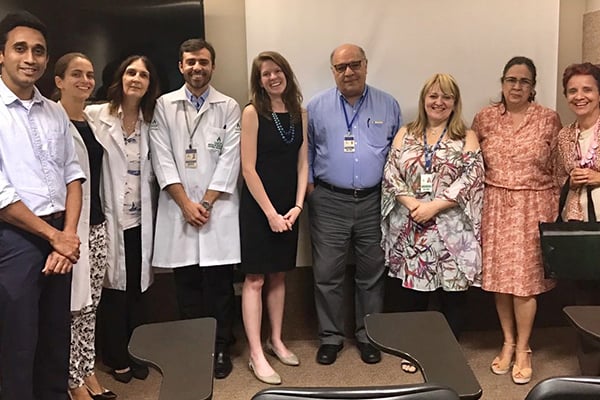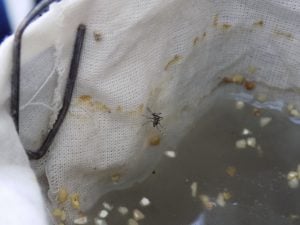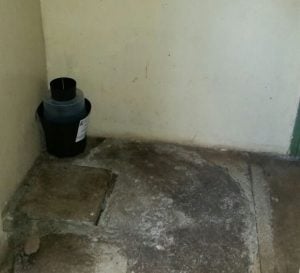It all started at a hackathon. A group of Johns Hopkins students, postdocs, and faculty members gathered one weekend in April 2016 to develop a solution to the recent spread of the Zika virus. After hitting a few dead ends, the VectorWEB team hit upon an idea to create an automated trap that would count and identify mosquitoes, record the data, and send it to the Cloud where it could be mapped and distributed to health officials.
The existing approach to mosquito population surveillance is a labor-intensive task that requires health agents to manually count the number of mosquitoes or mosquito eggs in each trap. Due to the large number of traps used in surveillance efforts, this method can take months to track populations.
“Real-time awareness of mosquito populations is an extremely important parameter for timely intervention for the government health systems to plan where to focus their energies,” says Soumyadipta Acharya, graduate program director of the Center for Bioengineering Innovation and Design, housed within the Johns Hopkins Department of Biomedical Engineering.
Automated traps would enable health officials to obtain mosquito population data daily and devise more timely response plans to protect communities, including local spraying and educational campaigns.



